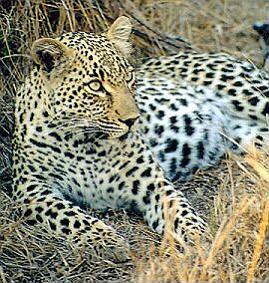Animal of the week – Baboon – Olive & Chacma
|
Olive Baboon |
Chacma Baboon |
|
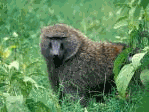
|
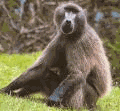
|
|
|
Animal Type |
Mammal – Primate |
Mammal – Primate |
|
Conservation Status |
Lower Risk |
Lower Risk |
|
Distribution |
Eastern Africa |
Southern Africa |
|
Habitat |
Savannah Scrub |
Savannah and City |
|
Predators |
Leopard, Lion, Cheetah and Crocodile |
Leopard, Lion, Cheetah and Crocodile |
|
Diet |
Fruit, Eggs, Fish, Monkeys and newborn antelope |
Fruit, Eggs, Fish, Monkeys and newborn antelope |
Baboons are social animals and live in large groups called troops. They are often seen with Impala because Baboon and Impala help each other keep safe by teaming up their senses. Despite this alliance Baboons will attempt to catch newborn Impala. Chacma Baboons are very tame. They are pests at the campsites in the wild and at the resorts and attractions in the city. Baboons will steal food from tourists. Baboons spend most of the day on the ground searching for food and playing with other members of the troop. In the night Baboons will go to their sleeping spot in the trees. Baboons have several sleeping spots around there territory and will sleep in the safest one. Chacma Baboons live for about 45 years whilst Olive Baboons live 30 ‘ 45 years.
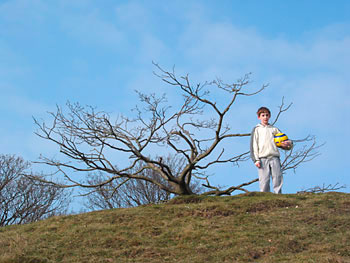


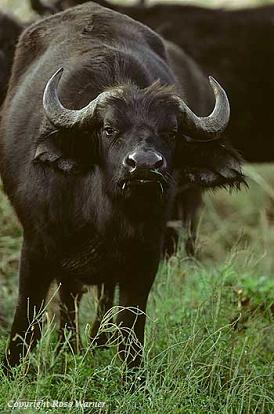
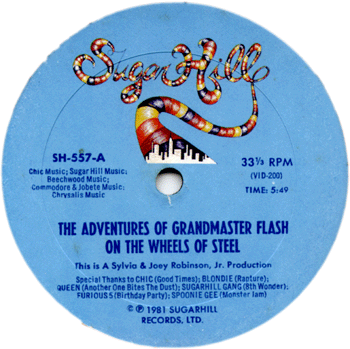 “A record made from nothing but other records'” writes Frank Broughton on his djhistory.com site. The innovations that this record introduced have become so commonplace that it almost sounds clichéd: the Good Times riff, the scratching and ‘found’ recordings. But try to imagine this crackling from the speakers in 1981. This is where it started baby-boy!
“A record made from nothing but other records'” writes Frank Broughton on his djhistory.com site. The innovations that this record introduced have become so commonplace that it almost sounds clichéd: the Good Times riff, the scratching and ‘found’ recordings. But try to imagine this crackling from the speakers in 1981. This is where it started baby-boy!